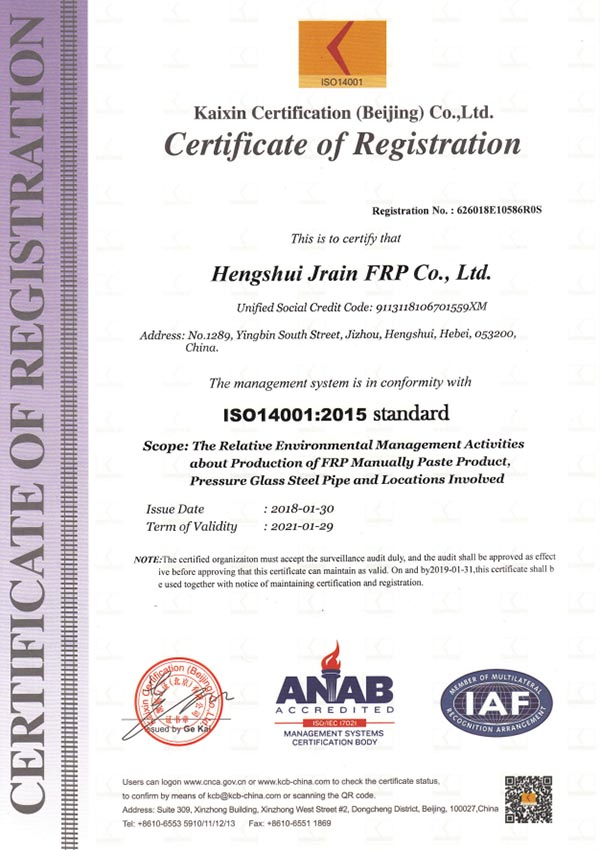
-
 Afrikaans
Afrikaans -
 Albanian
Albanian -
 Amharic
Amharic -
 Arabic
Arabic -
 Armenian
Armenian -
 Azerbaijani
Azerbaijani -
 Basque
Basque -
 Belarusian
Belarusian -
 Bengali
Bengali -
 Bosnian
Bosnian -
 Bulgarian
Bulgarian -
 Catalan
Catalan -
 Cebuano
Cebuano -
 China
China -
 China (Taiwan)
China (Taiwan) -
 Corsican
Corsican -
 Croatian
Croatian -
 Czech
Czech -
 Danish
Danish -
 Dutch
Dutch -
 English
English -
 Esperanto
Esperanto -
 Estonian
Estonian -
 Finnish
Finnish -
 French
French -
 Frisian
Frisian -
 Galician
Galician -
 Georgian
Georgian -
 German
German -
 Greek
Greek -
 Gujarati
Gujarati -
 Haitian Creole
Haitian Creole -
 hausa
hausa -
 hawaiian
hawaiian -
 Hebrew
Hebrew -
 Hindi
Hindi -
 Miao
Miao -
 Hungarian
Hungarian -
 Icelandic
Icelandic -
 igbo
igbo -
 Indonesian
Indonesian -
 irish
irish -
 Italian
Italian -
 Japanese
Japanese -
 Javanese
Javanese -
 Kannada
Kannada -
 kazakh
kazakh -
 Khmer
Khmer -
 Rwandese
Rwandese -
 Korean
Korean -
 Kurdish
Kurdish -
 Kyrgyz
Kyrgyz -
 Lao
Lao -
 Latin
Latin -
 Latvian
Latvian -
 Lithuanian
Lithuanian -
 Luxembourgish
Luxembourgish -
 Macedonian
Macedonian -
 Malgashi
Malgashi -
 Malay
Malay -
 Malayalam
Malayalam -
 Maltese
Maltese -
 Maori
Maori -
 Marathi
Marathi -
 Mongolian
Mongolian -
 Myanmar
Myanmar -
 Nepali
Nepali -
 Norwegian
Norwegian -
 Norwegian
Norwegian -
 Occitan
Occitan -
 Pashto
Pashto -
 Persian
Persian -
 Polish
Polish -
 Portuguese
Portuguese -
 Punjabi
Punjabi -
 Romanian
Romanian -
 Russian
Russian -
 Samoan
Samoan -
 Scottish Gaelic
Scottish Gaelic -
 Serbian
Serbian -
 Sesotho
Sesotho -
 Shona
Shona -
 Sindhi
Sindhi -
 Sinhala
Sinhala -
 Slovak
Slovak -
 Slovenian
Slovenian -
 Somali
Somali -
 Spanish
Spanish -
 Sundanese
Sundanese -
 Swahili
Swahili -
 Swedish
Swedish -
 Tagalog
Tagalog -
 Tajik
Tajik -
 Tamil
Tamil -
 Tatar
Tatar -
 Telugu
Telugu -
 Thai
Thai -
 Turkish
Turkish -
 Turkmen
Turkmen -
 Ukrainian
Ukrainian -
 Urdu
Urdu -
 Uighur
Uighur -
 Uzbek
Uzbek -
 Vietnamese
Vietnamese -
 Welsh
Welsh -
 Bantu
Bantu -
 Yiddish
Yiddish -
 Yoruba
Yoruba -
 Zulu
Zulu
Exploring Limestone Formations through Advanced Drilling Techniques for Resource Assessment
Drilling into Limestone Formations for Exploration Challenges and Opportunities
Limestone formations are a common geological feature, found in many parts of the world. Composed primarily of calcium carbonate, these rocks have been formed over millions of years through the accumulation of marine organisms, sedimentation, and various geological processes. Drilling into limestone formations for exploration—be it for oil, gas, water, or mineral resources—presents both unique challenges and promising opportunities.
Understanding Limestone Formations
Before delving into the techniques and implications of drilling, it is crucial to understand the nature of limestone itself. The porosity and permeability of limestone can vary significantly, influenced by factors such as the presence of fractures, dissolution features, and the overall geological history. This variability affects how fluids move through the rock and plays a crucial role in determining the viability of a drilling site.
The Drilling Process
The process of drilling into limestone formations typically begins with a thorough geological survey, often employing techniques such as seismic reflection and well logging to identify the most promising locations
. Once a site is chosen, specialized drilling rigs are deployed to bore into the rock.Drilling in limestone presents distinct challenges. The hardness of the rock can lead to increased wear on drilling bits, necessitating the use of more durable materials and advanced technology. Additionally, operators must be cautious of potential well collapse, which can occur due to the high stress exerted on the rock walls. Techniques such as adding stabilizing fluids and employing casing systems are employed to mitigate these risks.
drilling into limestone formations for exploration and

Environmental Considerations
One of the primary concerns associated with drilling in limestone formations is the potential impact on the surrounding environment. Limestone often serves as an aquifer, housing vital groundwater resources. Therefore, any drilling operation must prioritize environmental stewardship, implementing strict protocols to prevent contamination. This can include using closed-loop systems for waste management and conducting regular monitoring of nearby water sources.
Economic and Resource Potential
Despite the challenges, the potential benefits of drilling into limestone formations are significant. Many of these formations are rich in hydrocarbons, making them lucrative targets for exploration. The demand for energy resources continues to rise globally, and extracting from limestone can contribute to meeting this demand. Moreover, limestone itself can be an important resource for construction, agriculture (as lime), and even carbon capture and storage projects that help mitigate climate change.
Conclusion
Drilling into limestone formations for exploration encompasses a range of technical, environmental, and economic factors. As technology continues to advance, the efficiency and safety of drilling operations are expected to improve. However, it is essential that industry practices evolve alongside these developments to prioritize environmental sustainability and minimize potential harm to the ecosystem. By balancing extraction efforts with responsible stewardship, we can unlock the resources hidden within limestone formations while ensuring their preservation for future generations. Exploring these formations is not just about resource extraction; it is also about harmonizing human development with environmental health.









